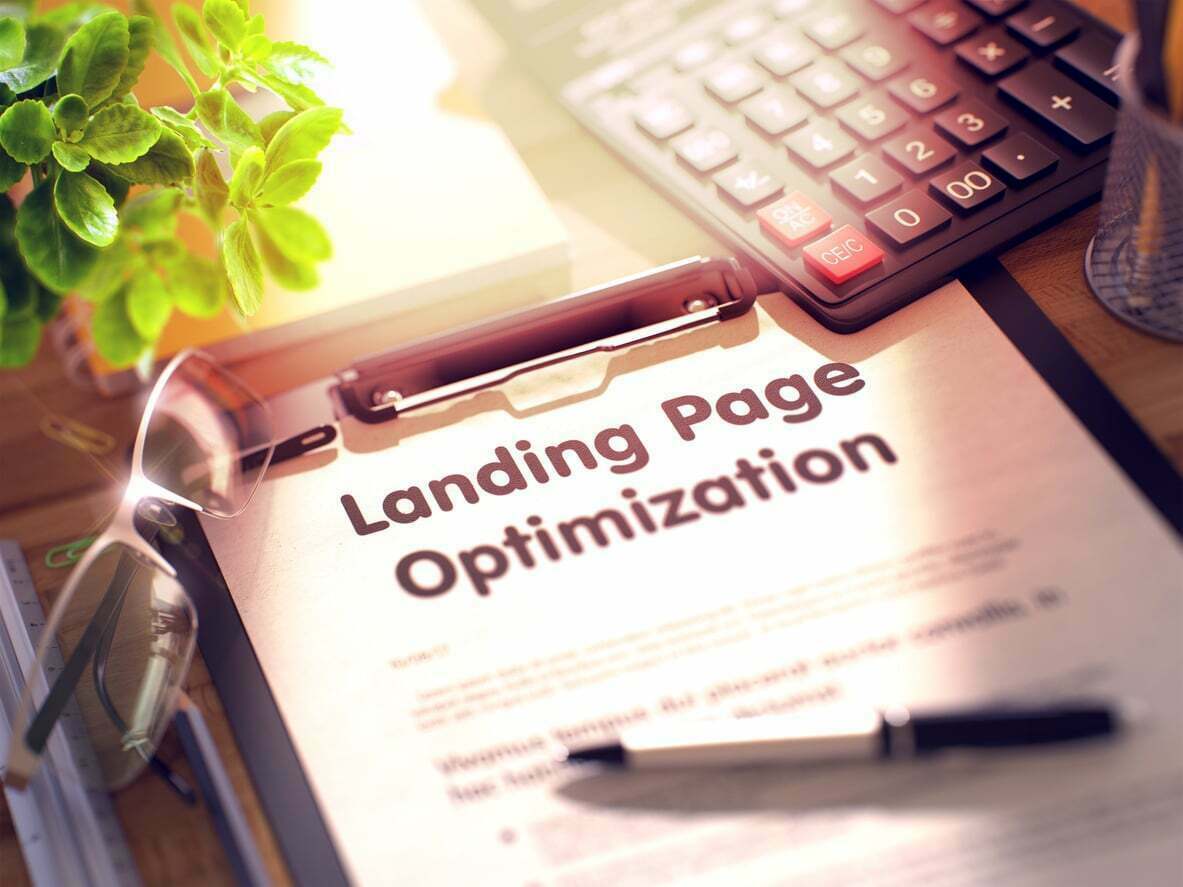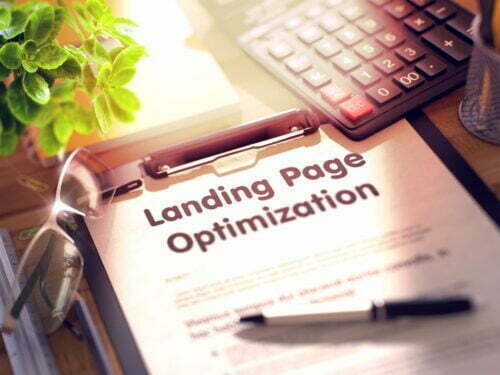Create an Effective Landing Page for More Conversions
Create an Effective Landing Page for More Conversions
Effective website design is complicated because it has to serve multiple purposes at once. You want it to capture the attention of brand new potential customers while still serving the needs of your established base. It needs to be easily navigable because most people spend less than a minute on a page. It has to highlight key information quickly because most people don’t read all of the content before them.

A key component to managing all of these different concerns is the landing page. Understanding the importance and best design practices for a landing page can help you turn those quickly passing visitors into lingering potential customers. Here are the considerations you need to make when creating that elusive perfect landing page.
What is a Landing Page and Why do I Need One?
A landing page is, simply put, where your visitors “land” when they go to your website from an advertisement or promotion. It is the first thing they see, and because of that, it is very important to consider it carefully and meaningfully. If a potential customer has made it to your landing page, it means that something about your product or service caught their eye and made them click. Congratulations! You’ve passed one of the biggest hurdles in the advertisement game.
The landing page is the tool that lets you capitalize on that momentum. Your landing page should be specifically geared to show your value and let potential customers know what the next step is in getting connected to your business. It should make your offer clear and their action even clearer. If you do this successfully with your customers’ needs in mind, you will see a much higher conversion rate.
What Makes a High-Converting Landing Page?
The elements of a high-converting landing page are simplistic in their appearance but complex in their attention to detail on the back end. It might seem easy to make a great landing page because the most effective ones are often very simple and clear, but the work that goes into making those choices is hidden by the ease of the finished result.
Consideration for Device Access
One of the most important things about a landing page is making sure that it is optimized for the device your potential customers are using. Accessing a website from a computer is much different from accessing it on a tablet, and both are different from accessing it on a mobile phone. Ideally, you should have analytics that show you how people are most likely to access your site and create a landing page strategy that adapts to the different needs of these audiences.
Computer users will read more information and stay longer to scroll down and see what you have to say. Mobile users, on the other hand, are not likely to scroll for long and will need key information highlighted immediately. Another key difference is in the logistics of accessibility. If the button to request a quote or sign up for your email list is difficult to press on a mobile device, you could lose interested customers out of frustration.
Enthusiastic Explanation of Offer
What can a customer get from you? They need to know immediately what it is that you are providing and why you are the best choice to provide it. The language that you use to make this clear is of the utmost importance on the landing page. Each word should be chosen carefully because you have limited real estate in which to get your point across. Consideration for font size, elements like bolding and underlining, and careful visual design are necessary. All of these elements should match your existing branding elements for consistency and identity building.
A Clear Call to Action
The potential customer is on your landing page because they thought, at least for a moment, that you might be able to help them in some way. Make it very easy and very clear what they can do next to get that help. Give them a button to sign up for your mailing list, start browsing products, place an order, or get pricing information. Make that choice visually appealing, crystal clear, and carefully worded. Placement on the screen is incredibly important. You want your call to action to be easy to click (especially on mobile devices) while still giving them space and time to process the important information on the landing page before feeling pressured to make a choice to act. Clicking on the call to action should feel like a welcome invitation, and your landing page is where that invitation is made.
Contact Peak Performance Digital For Help With Your Landing Page
If you are ready to design a landing page that will entice, excite, and convert, contact Peak Performance Digital today for expert attention to detail that is sensitive to your brand’s existing design and identity.
Recent Posts
Using Sass with Pinegrow
I recently had someone ask whether Pinegrow supports Sass, so I thought I’d do a quick video demonstration. In this demo, I show you how we activate our Sass stylesheet and how we can use a simple Sass variable to change the color of a heading.
Pinegrow Countdown: Day 1 – Pinegrow Plays Nice with Others
A lot of products in the WordPress space have grown in popularity, primarily because of their open and flexible ecosystem that allows 3rd party developers to create add-ons, extensions, and libraries. Pinegrow also has a great plugin API. But I’m going to show you in this video, that in most cases, you don’t even need it.
Pinegrow Countdown: Day 2 – Pinegrow is STILL not a Page Builder
In this video, I’m going to show you why Pinegrow is different from Page Builders so you don’t fall into the trap of trying to use it like something it’s not, only to get frustrated and give up.
Pinegrow Countdown: Day 3 – Frameworks in Pinegrow
Pinegrow has built some fantastic helpers for popular frameworks. In fact, when you start a new project in either Pinegrow Desktop or the Pinegrow WordPress plugin, you’ll be asked which framework you want to choose. If you are already used to using one of the built-in frameworks, the choice will be easy. If not, this little video will hopefully help you understand what the frameworks do and how you should answer those important initial questions.
Pinegrow Countdown: Day 4 – WordPress Blocks and Themes
When you start a new WordPress project in Pinegrow, one of the first things you’ll need to decide is whether you will create a Block Plugin or a complete theme. In this video, I’ll help you understand their differences so you can start on the right foot.



